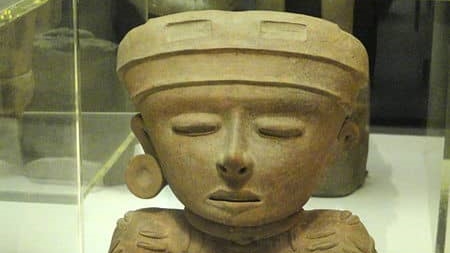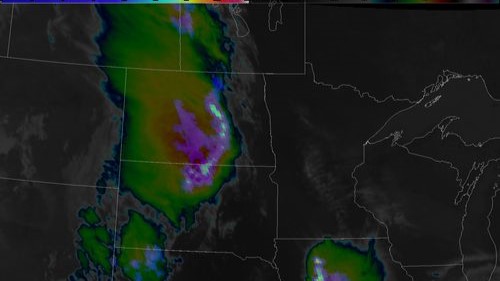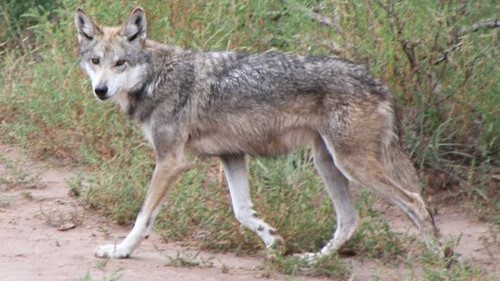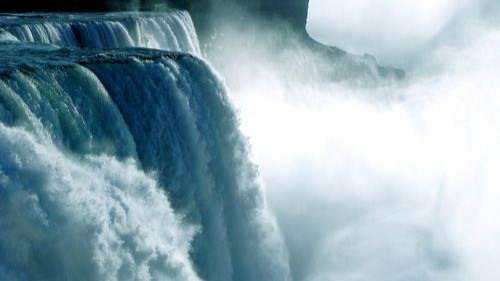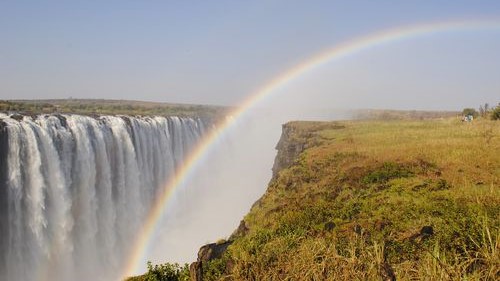You may have seen security guards in stores or banks, but have you ever heard of security-guard alligators?
A conservation project on Sanibel Island in Florida, just northwest of the Everglades on the Gulf Coast, will let alligators protect snowy egrets and other birds that wade in shallow waters.
How will the conservationists in charge of the project do this? By building basking sites for alligators in the wetlands near a restored mangrove forest. That’s right—they’ll build a special beach where the alligators can enjoy the Florida sunshine.
Mangroves are tropical trees that grow in tidal areas along the coastline. They survive in water that is 100 times saltier than most other plants can tolerate. They also have complex root systems that protect nearby shores and beaches, filter pollutants from the water, provide nesting places for birds, and offer underwater protection for small fish.
A conservation group on Sanibel Island purchased 68 acres called the Wulfert Bayous, located next to the famous J.N. “Ding” Darling National Wildlife Refuge. The refuge includes thousands of acres of mangrove forest, underwater seagrass beds, cordgrass marshes, and small islands. It provides homes to more than 245 species of birds and is world-famous for the migratory birds that pass through. One of the birds that calls the refuge home is the snowy egret.
Many birdwatchers are especially fond of egrets, including the beautiful snowy egret. Slightly smaller than a goose, the snowy egret has a yellow face, pure white feathers, black legs, and yellow-orange feet. Its wingspan is about three feet wide.
During their mating season, snowy egrets grow beautiful, long, wispy feathers on their backs, necks, and heads. In the late 1800s, when these feathers were used to decorate ladies’ hats, the birds were hunted nearly to extinction. But then, laws were passed in the early 1900s to prevent hunting snowy egrets, and they were saved!
In the past few years, the population of snowy egrets has been declining again. This time, the decline is due to loss of habitat, which is the land and water where they nest and hunt for food. They also have problems with predators such as raccoons and rats, which steal their eggs, and with pollution.
The project in the Wulfert Bayous includes removing invasive plants and building a nesting island for wading birds like the snowy egret. The nesting island will include the special beach for the alligators. The alligators will eat small mammals, including the raccoons and rats that prey on some wading birds’ eggs. In addition to helping the snowy egrets, the island will provide a home for other bird species that were injured during the Deepwater Horizon oil spill, a disaster that sent millions of gallons of oil into the Gulf of Mexico in 2010.
In all, the birds will benefit from their alligator guards and new nesting island. The alligators will benefit from guarding the birds, too—with tasty raccoon dinners and nice beaches to bask on!



